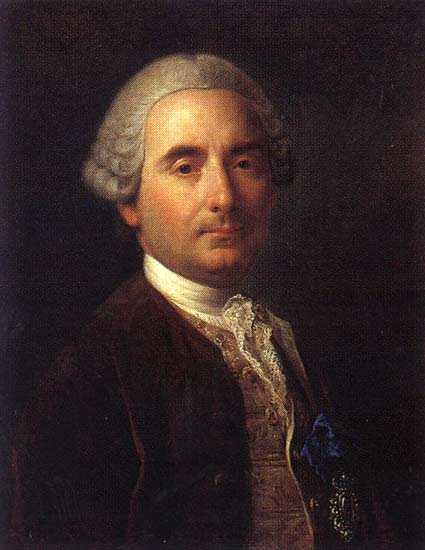Pietro Antonio Rotari (1707 - 1762)

Pietro Antonio Rotari
Pietro Antonio Rotari was an Italian painter born in Verona on September 30, 1707. His early artistic development was influenced by his studies under Antonio Balestra and later Francesco Trevisani and Francesco Solimena in Rome and Naples. Rotari's style evolved from history painting to focus primarily on portraitures, particularly of women, which garnered him significant acclaim.
Rotari's career spanned various European cities, with significant periods in Venice, Rome, and eventually Saint Petersburg, Russia, where he was invited by Empress Elizabeth in 1756 to become a court painter. His works are known for their emotional depth and the delicate portrayal of his subjects, often depicted in elegant, idealized manners that emphasized expressions of melancholy, surprise, or joy.
Many of Rotari's most celebrated works are portraits of young women in ethnic or regional costumes, displaying a range of subtle emotions. These works, often referred to as "character heads," are notable examples of his contribution to the rococo style, blending Italian artistry with international elements. His paintings are housed in several prominent collections, including the Cabinet of the Muses at Peterhof in Russia.
For those interested in the works and legacy of Pietro Antonio Rotari, particularly collectors and art historians, staying informed about exhibitions and auctions can enhance appreciation and opportunities to acquire his art. Sign up for updates on new sales and auction events featuring Rotari's works.
| Date and place of birt: | 30 september 1707, Verona, Italy |
|---|---|
| Date and place of death: | 31 august 1762, St. Petersburg, Russian Empire |
| Nationality: | Italy, Russia, Russian Empire |
| Period of activity: | XVIII century |
| Specialization: | Artist, Engraver, Painter, Portraitist |
| Genre: | History painting, Mythological painting, Portrait, Religious genre |
| Art style: | Rococo |





































